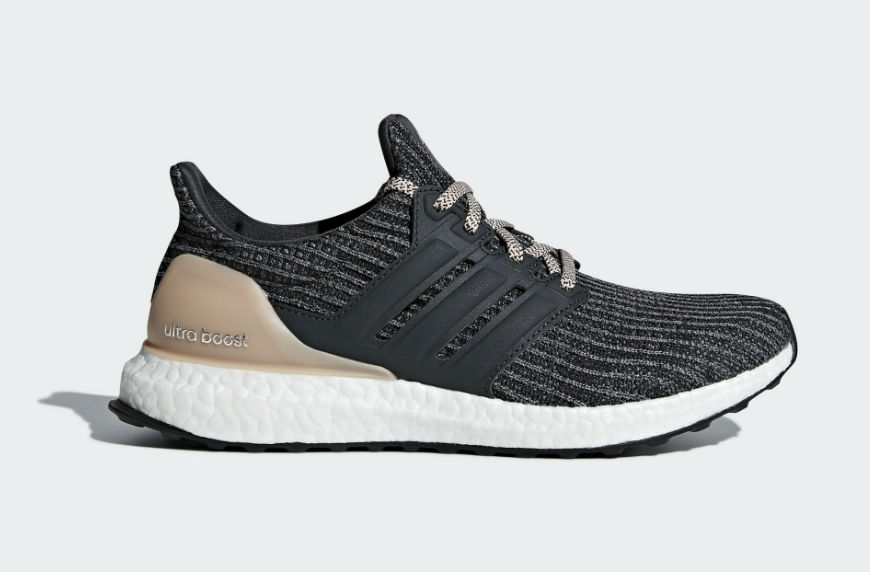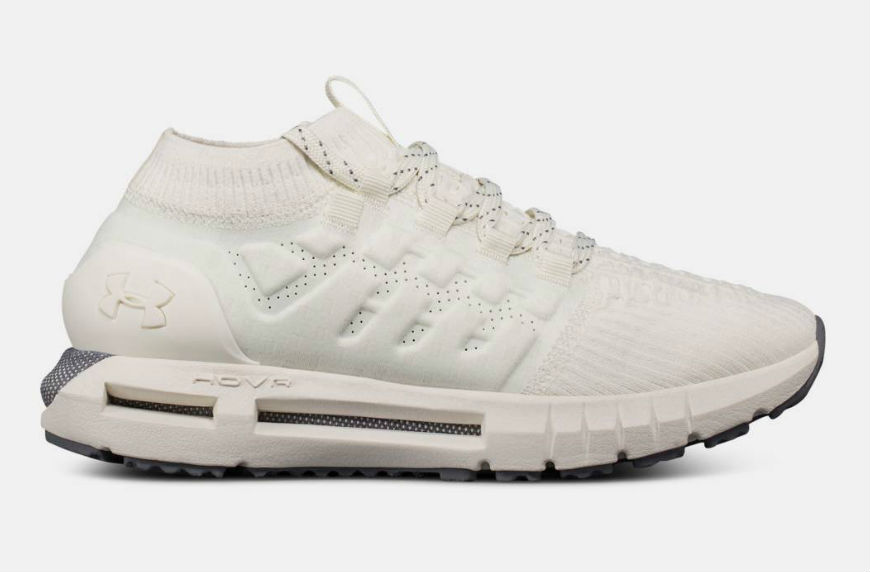In the past, that meant trade-offs. Lightweight shoes came at the expense of maximum cushioning, and softness meant poorer responsiveness, says Brett Holts, Nike’s vice president of running footwear. New innovations in foam technology, however, mean the two main objectives of high-performance kicks—feeling airy and super-supportive—are no longer mutually exclusive.
Case in point: Last week, Nike released its Epic React Flyknit running shoe to major fanfare. The sleek, simple option features the brand's newest “React” foam, which essentially bounces back to its original state after each step, providing a I’m-totally-running-on-clouds feeling. “The biggest segment of the market is in this zone where people are looking for cushion," he says. "The versatility of a shoe like this is that it spans in usefulness from elites all the way to someone who may not even consider [herself] to be a runner.”

Nike's new innovation is part of a bigger industry trend. The most common synthetic foam used in sneakers today is EVA, which can be made in any color. But no one likes to settle for status quo, right? The past five years have witnessed a race to see which sneaker brand can develop the smartest foam. It arguably started when the Adidas Ultra Boost, made with its Boost midsole, made the term “energy return” a buzzword for the first time in 2013. Simply put, when a runner’s foot makes contact with the ground, the cushioning on the shoe compresses. A shoe that boasts “excellent energy return” compresses less than others. The Ultra Boost, a first-of-its-kind-innovation, made runners feel like they had extra pep in their step—a pep that other big competitors wanted to offer, too.
And so the avalanche started: In mid-2016, Altra announced its new EGO cushioning. In September of last year, Brooks launched its DNA AMP midsole on the Levitate sneaker, touting an experience that “pushed the limits of energy return.” Under Armour's new Hovr sneaker offers an "energy web" that provides a "zero-gravity feel.”
“Everyone in the industry is trying to chase lightness.”
Even Reebok, a brand that took quite some time to focus on creating stellar kicks for HIIT training and the CrossFit market, is shifting its focus to foam. The brand plans to introduce a new high-performance running collection using FloatRide foam in the coming months. “Everyone in the industry is trying to chase lightness,” says Ted FitzPatrick, Reebok’s director of product marketing for running and training footwear. “We’ve seen foam technologies with energy-return properties. Now the challenge is building lightness into these foams without losing comfort and stability.”

Okay, but is all this foam actually good for your feet? Jordan Metzl, MD, the author of Dr. Jordan Metzl’s Running Strong, a sports medicine physician at Hospital for Special Surgery, and a 34-time marathon finisher, says the answer is yes. “Foam seems to absorb the ground reactive force—the force between the ground and runner—exceptionally well," he says. "For my patients who need extra cushion, I often prescribe shoes with a foam midsole.”

{{post.sponsorText}}
Ultimately, when it comes to selecting an ideal sneaker, whether that involves foam is up to your discretion. But there’s no arguing the fact that foam will be around for the long haul. As for its future, Nike is planning more and more sneakers using the React foam in the years to come. And Reebok’s FitzPatrick says that we’re only at the tip of the bouncy, energy return iceberg. “The bar has been raised," he says. "What used to be a lightweight shoe 10 years ago is now seen as heavy. What you’re seeing now is only the beginning.”
See this season's newest sneaker silhouette—and find out why your next pair of kicks could be 3D printed.
Loading More Posts...